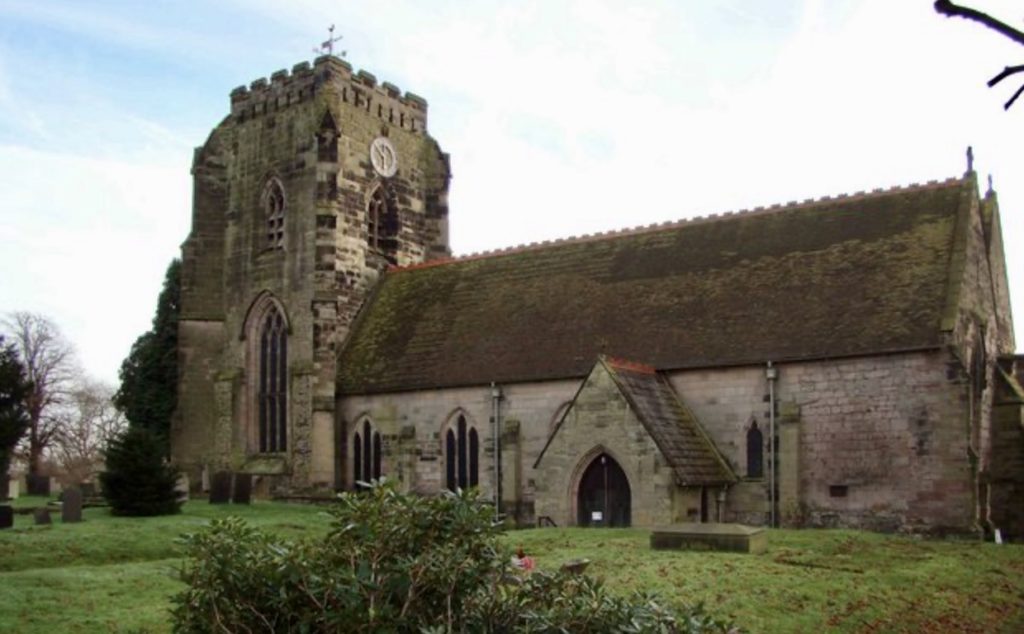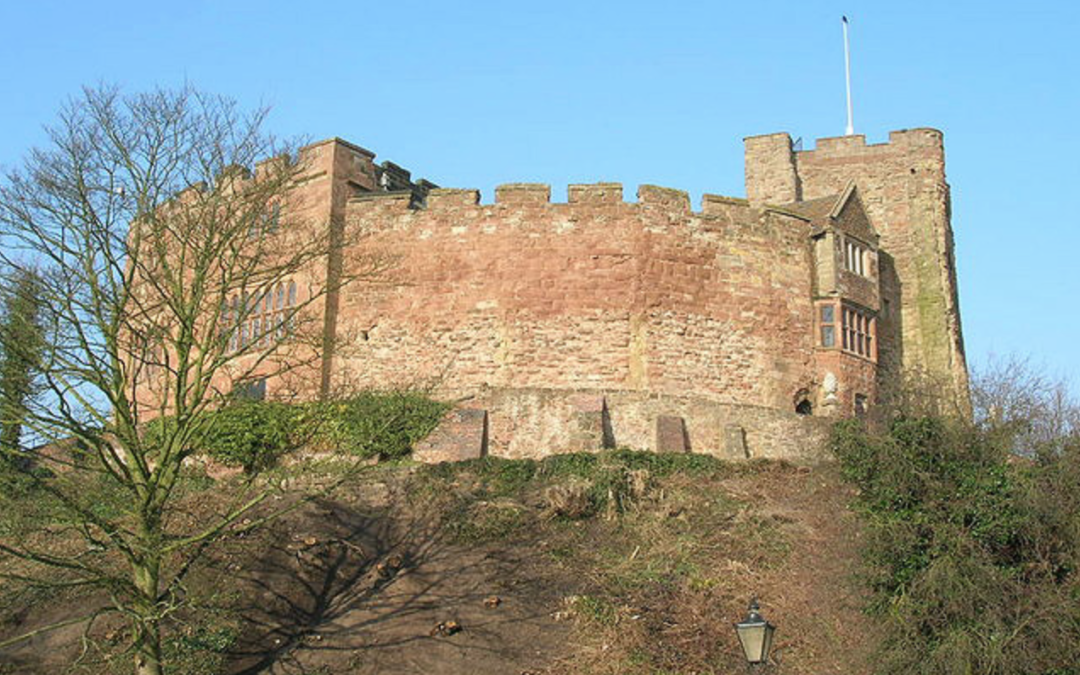By Nigel Tringham
Founding a monastic house in middle ages could be a complicated affair, as revealed in this blog by Nigel Tringham introducing his article – ‘Polesworth abbey (Warws.) and the Marmion lord of Tamworth castle: using an Anglo-Saxon saint’s cult in the earlier twelfth century’ – published in the May 2020 issue of Historical Research. How he came to write it is also a matter of comment.
Volumes of the Victoria County History are renowned for their detail, but perhaps not so well known is just how much research doesn’t get included. When starting on a new volume, VCH authors (still somewhat quaintly referred to as ‘editors’, which is another story) have to trawl through a mass of manuscript and printed documentation, not entirely knowing at first how much use the resulting notes will be – but even if some information turns out to be not entirely relevant, or cannot be ‘fitted in’ to the VCH template, nevertheless it can often provide very helpful context for what does get written up.
Such was the case with VCH Staffordshire XII: Tamworth and Drayton Bassett (in the press as I write this blog), especially for the Marmion lords of Tamworth castle c.1100–1291. As the castle was in the Warwickshire part of Tamworth (and remained there until 1890), the work of the Warwickshire-born 17th-century herald and antiquary William Dugdale was going to be important, and one major unexpected ‘find’ during the early stages of research were his transcripts (in the Bodleian Library) of medieval charters from the (lost) archive of the nuns of Polesworth abbey, itself a few miles east of Tamworth.
Founded about 1140 by Robert Marmion (d. 1144) and his high-born wife Milisent – she was related to Henry I’s second queen Adeliza – the abbey itself would not be discussed in the VCH Tamworth volume, but it was clearly necessary to understand something about the foundation process and how it related to Robert’s position as the castle lord. The abbey was also relevant to Tamworth because its patron, St Edith, was also the patron saint of the town church – indeed, before starting work on the abbey’s foundation (the subject of the Historical Research article), it was necessary to clear up some misunderstandings about who Edith was, and an article on her and her cult appeared earlier this year in the Journal of Ecclesiastical History.

The up-shot is that it has been possible to give the main outlines in the VCH volume and refer readers to both these articles for more detail. After reviewing a late medieval story about Polesworth’s foundation, which gives a star role to Edith herself, the Historical Research article concentrates on the Marmions’ endowment charters (whose texts are given an appendix), especially the claim that they were ‘restoring’ religious life at the site. There’s no evidence for a pre-Conquest nunnery at Polesworth, but in the 12th century it was evidently thought possible (indeed, very likely) that there had been one, given resonances in the wider landscape for Polesworth’s early significance. Making use of this heritage was clearly (or so it is argued) something that the Marmions thought worth exploiting, especially as Robert may have needed to consolidate his authority at Tamworth at just this time.
Another strand of the article is the identity of the first nuns, at least some of whom were evidently from a group of ‘holy women’ who had been living nearby in a former hill-fort at Oldbury. Their leader became the first abbess, and her very name – Osanna – is of interest: was she a native Englishwoman? She certainly lived to a good age, still alive in the 1170s when styled ‘Mother’. She can be compared with other female religious leaders in this period, such as Christina of Markyate, and one wonders what role Milisent Marmion played in founding this female house.
Almost inevitably, more work needs to be done, including an edition of the Polesworth charters, which don’t seem to have been used by historians of female monastic houses. Moreover, as argued in the Historical Research article, it appears that in founding Polesworth abbey, Robert and Milisent were drawing on the site’s Mercian (and perhaps earlier) heritage, and this is something which also crops up with the foundation of Trentham priory (in north Staffordshire) by Ranulf, earl of Chester in his death-bed in 1153.
Accordingly, I have now turned my attention to this foundation, as part of an article on Ranulf’s death-bed grants. This, too, has VCH origins, as the origins of Trentham were discussed in the last Staffordshire volume, XI: Audley, Keele, and Trentham, but preliminary thoughts had to be put on hold once work on Tamworth was started – such is the treadmill of VCH work, but on a more positive note VCH volumes provide both the necessary framework and also the inspiration for more speculative explorations.

Now retired from Keele University (where among other duties he ran the Latin and Palaeography Summer School), Nigel Tringham also worked for the Victoria County History in Staffordshire for over 40 years, and his article ‘Polesworth abbey (Warws.) and the Marmion lord of Tamworth castle: using an Anglo-Saxon saint’s cult in the earlier twelfth century’, published in the May 2020 issue of Historical Research, is a spin-off from research for the forthcoming volume on Tamworth. Nigel’s forthcoming VCH volume Tamworth and Drayton Basset will be available from the publisher Boydell & Brewer in the autumn.

Published since 1923, Historical Research, flagship publication of the Institute of Historical Research, is a leading generalist history journal, covering the global history of the early middle ages to the twenty-first century.

